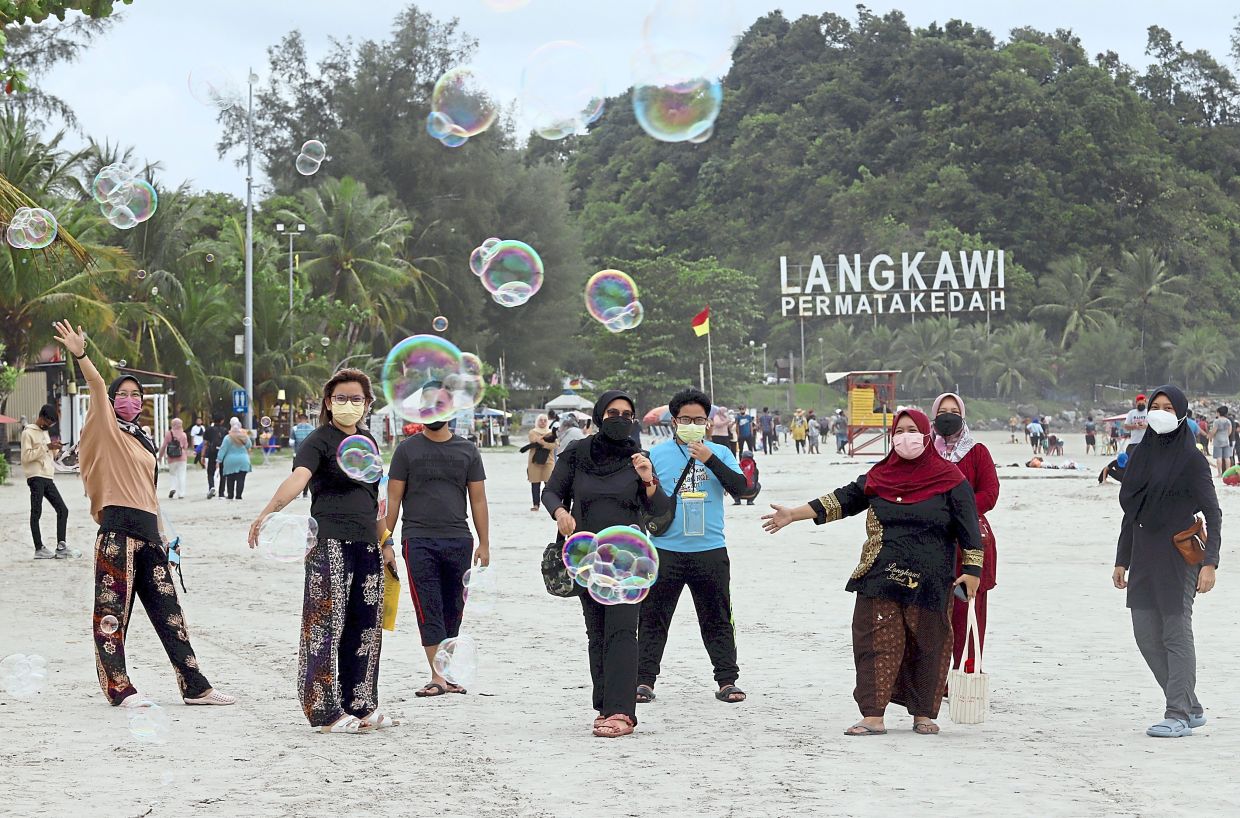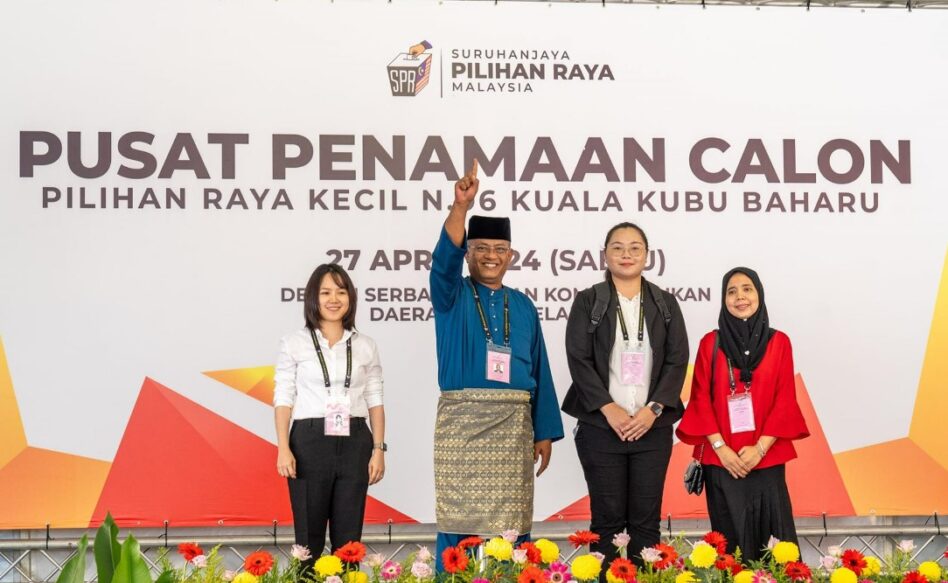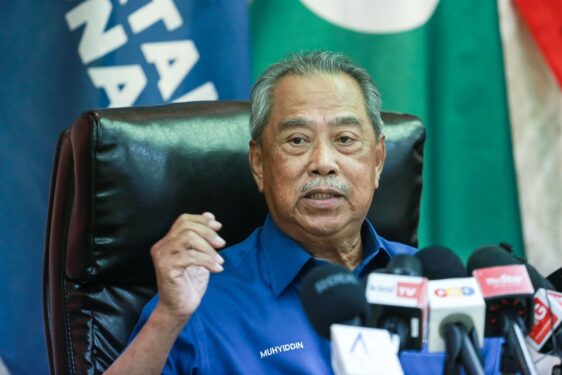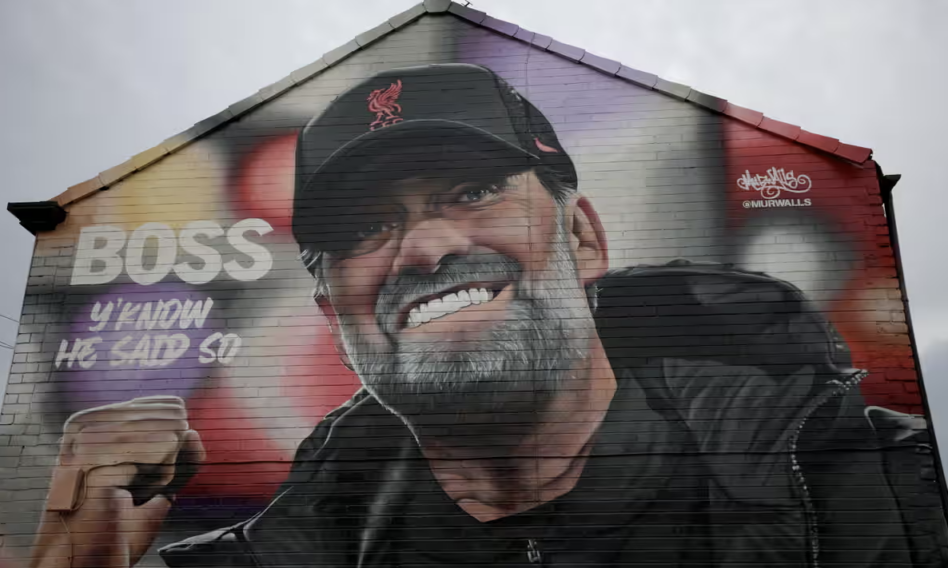OVER the past decades, state governments have been calling on the federal authorities to increase expenditure on advertising and promotion (A&P) to publicise their tourism products, hoping that a sharp rise in visitor spending will boost local businesses and job opportunities.
If it is so straightforward, then countless places will be teeming with domestic and foreign visitors, with industry players smiling from ear to ear. But global visitor numbers are limited, and they are thinly spread as thousands of competing destinations are also spending on A&P.
If publicity alone can be so effective, then any destination can become very popular overnight and fade away just as fast when others up their ante. Even an intensive campaign may not yield the desired results as most people are turned off by advertisements, regarding them as claims.
Lest we forget, the most effective form of advertising is through word-of-mouth, and the best advertisements are at no cost by satisfied customers. Instead of blindly shooting in the dark, informed decisions can be made by using invaluable reports published by Tourism Malaysia.
An astonishingly high 94.4% of visitors to Malaysia cited that friends and relatives were their top source of information about our country. They must have received largely positive feedback, avoided less friendly states and islands, and headed to more welcoming destinations.
In other words, the key to attracting more tourists is ensuring that those who are here are having the time of their lives. But if they are left to fend for themselves and no efforts are made to facilitate their stay, they will find greater safety, security, comfort and convenience elsewhere.
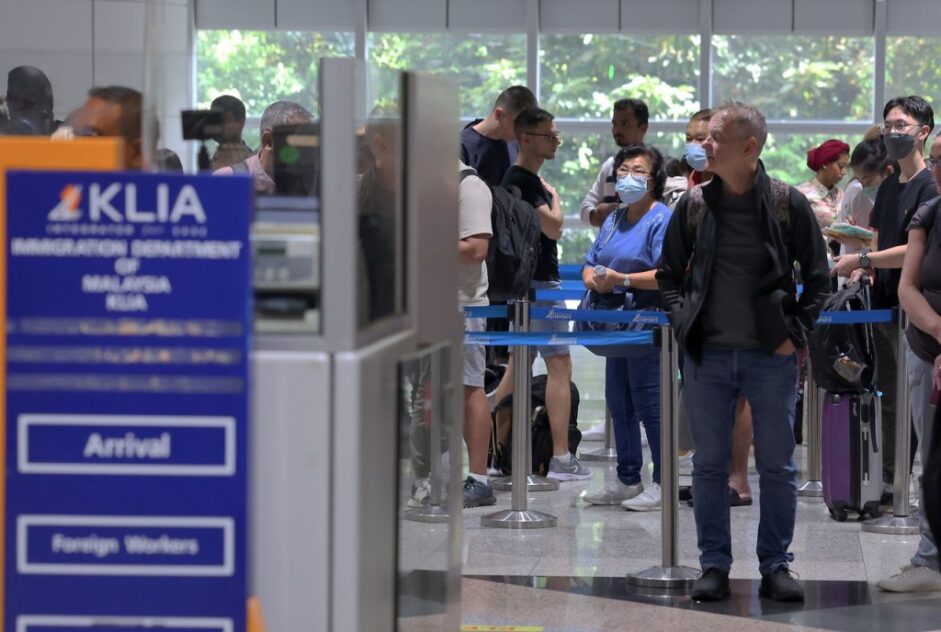
Surprisingly, 85.1% disclosed that their top source of information about Malaysia was drawn from their own experience, meaning that they were here before and are back for more. These repeat visitors had fond memories of Malaysia and were not swayed by commercials.
First-time visitors comprised only 14.9% and many were family members and friends brought by those who have been here before or after watching videos forwarded to them. Many also came for business events, study or medical treatment, with the balance reached by A&P.
Another 74.4% used the Internet such as search engines, emails, destination apps, messaging apps such as WhatsApp, and social media such as Facebook (Meta), Twitter (X), Instagram, YouTube, and TikTok for more information about our country and its attractions.
Incredibly, more than half of all foreign visitors to our country stated they have friends and relatives living in Malaysia. They were recommended to visit friendlier destinations in the country and avoid places and states where visitors are subject to unfriendly rules or regulations.
While ordinary people living throughout our country are naturally friendly, some state leaders and authorities have been overzealous in ensuring visitors comply with their requirements, such as covering almost their entire body, arms and legs, regardless of the hot weather we have here.
Hence, the number of foreign tourists is not evenly spread around the country. Granted, some states are more endowed with natural attractions than others, but popular destinations can experience a decrease in visitors such as from overcharging foods that are already substandard.
One example is Langkawi, which has seen better days. I first stepped foot on the island in the 1980s after the company that I worked for had stationed several large tour buses there and were among the handful operating on the island at that time.
I was then the maintenance manager and the tour buses based in Langkawi had to be sent back to Kuala Lumpur for regular repairs, as there were no expertise and replacement parts on the island. The buses were used in Japan, then imported and initially operated from Kuala Lumpur.
In 1994, I was involved in organising the first Langkawi tourist guide training course and was given accommodation at the Delima Hotel which was speedily constructed using timber. Both the hotel and the wooden structures no longer exist, forgotten, and passed into history.
In 2016, I attended a three-week course in Langkawi with participants from other ASEAN countries and qualified as one of the two ASEAN Master Tourism Trainers for travel agencies in Malaysia. I stayed at the Holiday Villa Beach Resort & Spa at Pantai Tengah, Langkawi.
For dinner, I regularly walked from the hotel at Jalan Teluk Baru to Jalan Pantai Cenang and noticed many buildings along the way had been deserted and left dilapidated. Adding to the gloom and doom were half-completed structures, and projects that were halted or abandoned.
Jalan Pantai Cenang was sandy, dusty, untidy and dangerous, with puddles of water after the rain. It was more like an obstacle course than a tourist-friendly belt as sidewalks that were previously dug up were left unpaved. There was no urgency to complete many roadside repair works.
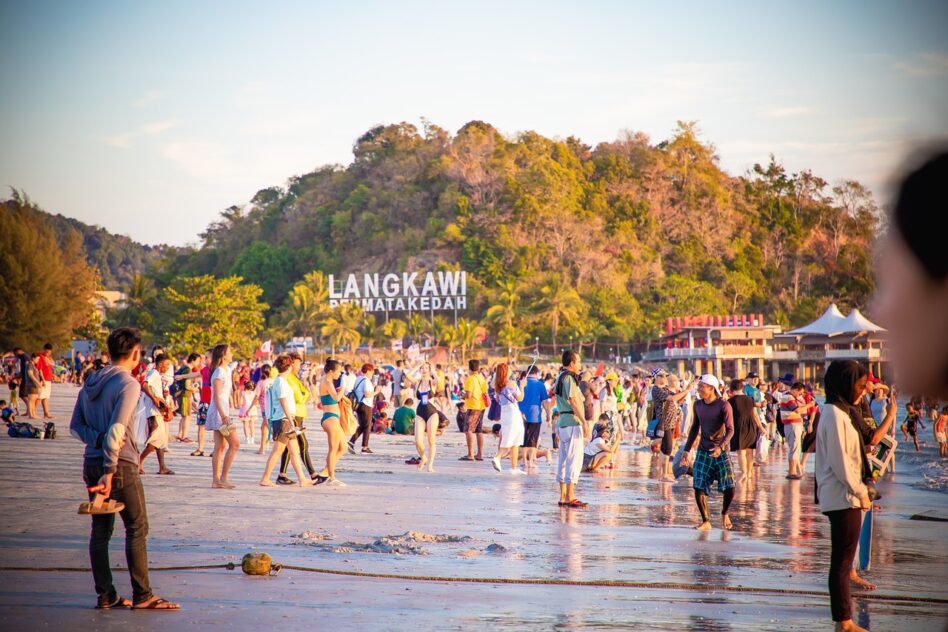
The water in my hotel came from a badly rusted tank, as I could smell rust while showering and taste it when drinking the boiled water. I filled a large bottle with boiled water after it had cooled down. After a few hours and to my horror, rusts could be seen settling at the bottom.
Whatever key performance indicators used to boast about tourism in Langkawi then could be thrown out of the window if fundamentals such as the ones I have encountered were not acted upon by the local municipal council and tourism authorities after I wrote a published report.
In September 2021, I was in Langkawi as the Tourism, Arts and Culture Ministry had organised a workshop to revise the Travel and Tours Enhancement Course, taking advantage of the first travel bubble. Most of the shops near the hotel were shuttered, badly affected by the pandemic.
In recent months, Langkawi had been in the news as businesses on the island had been suffering while international and domestic visitors headed towards surrounding destinations in droves. Years ago, when Langkawi was still a new destination, it was fresh and appealing.
Today, it looks run down and lacking in culture, hospitality and good vibes, with most of the damage self-inflicted. Promotions alone will not revive the island’s tourism back to its glory days if visitors do not get quality services at reasonable prices that are easily found elsewhere. – March 11, 2024
YS Chan is master trainer for Mesra Malaysia and Travel and Tours Enhancement Course and an Asean Tourism Master Trainer. He is also a tourism and transport business consultant.
The views expressed are solely of the author and do not necessarily reflect those of Focus Malaysia.
Main pic credit: The Star


